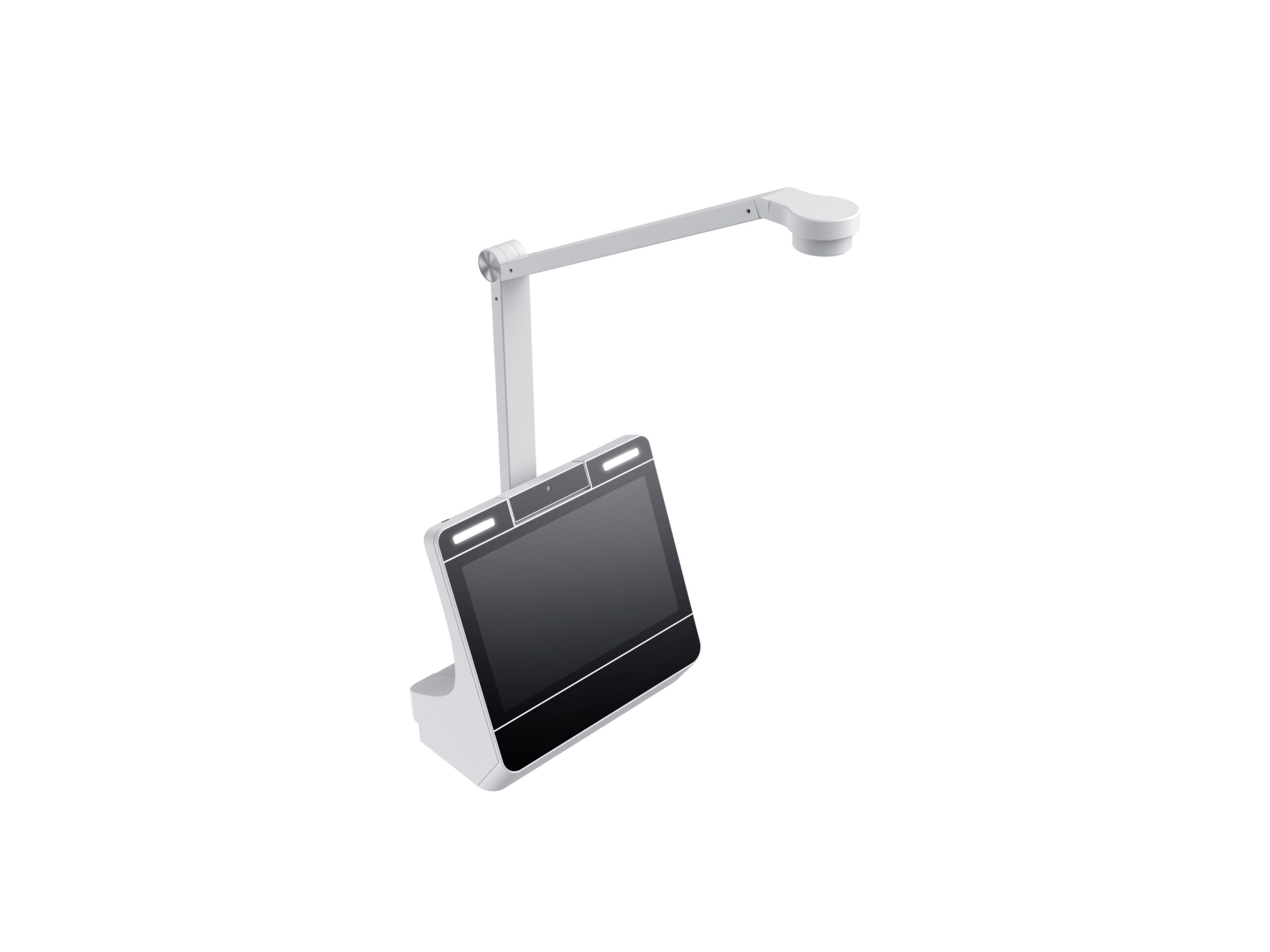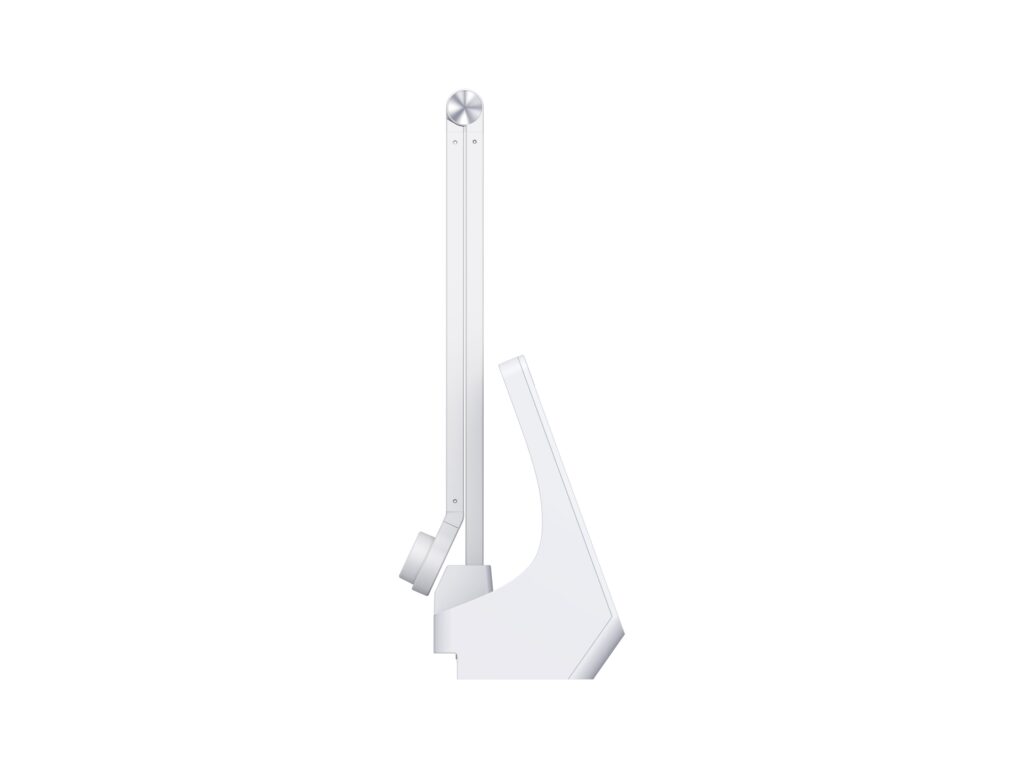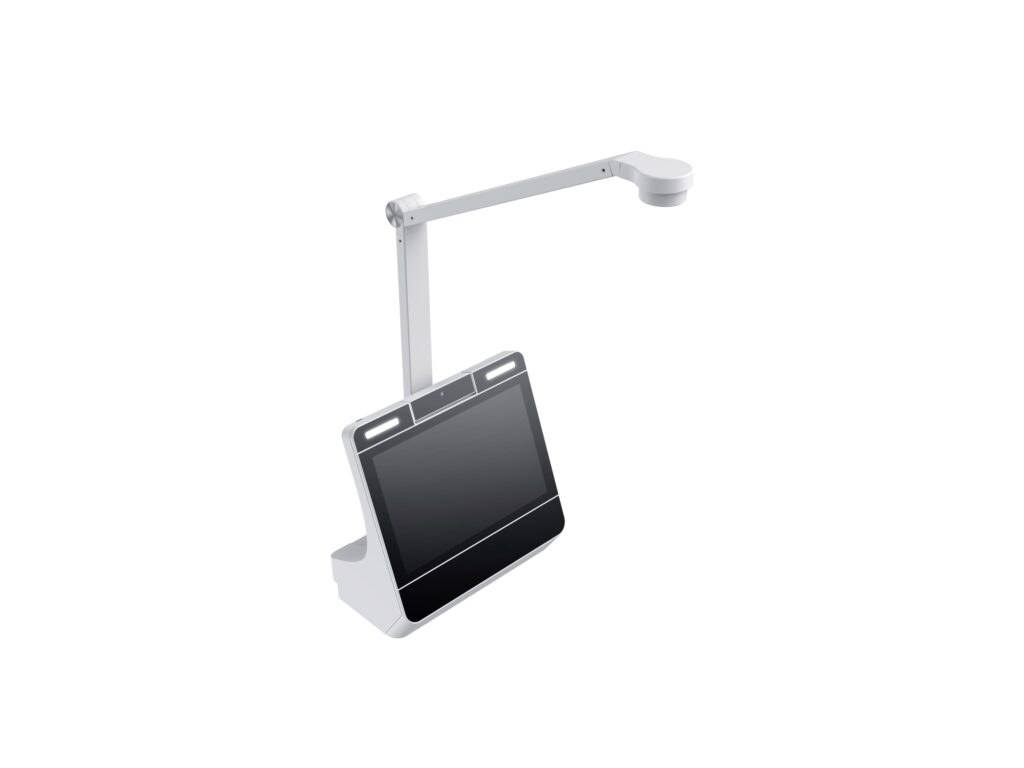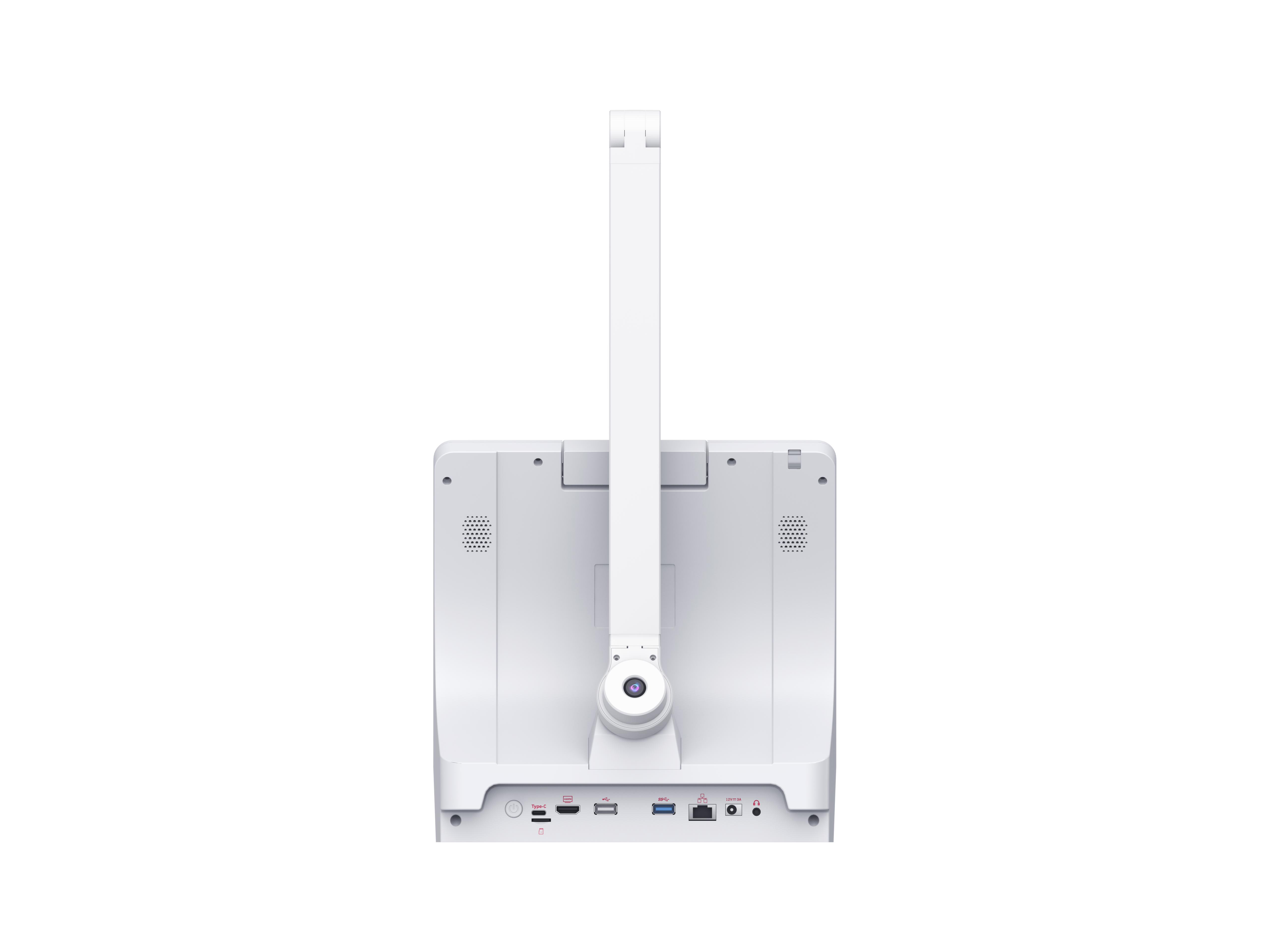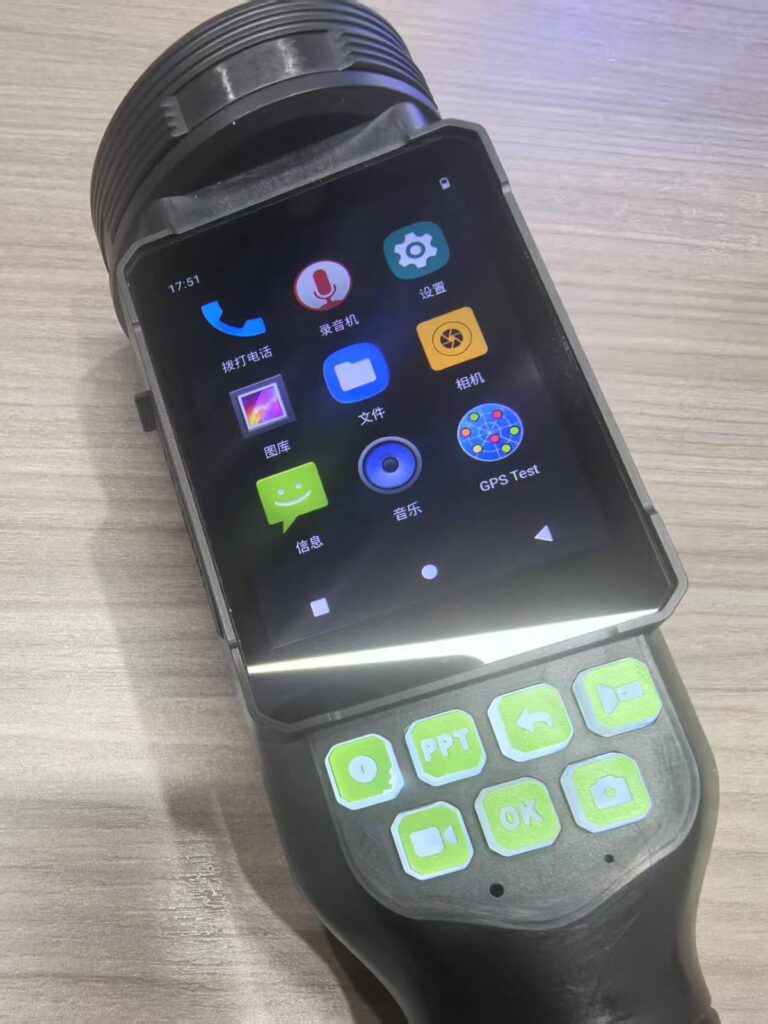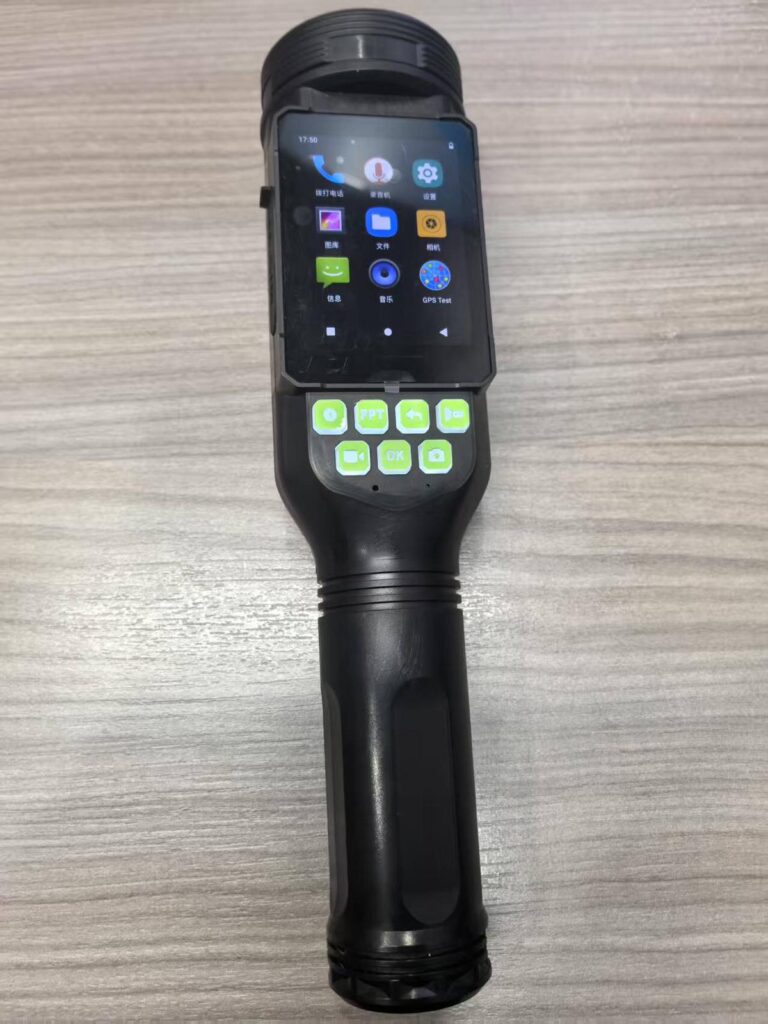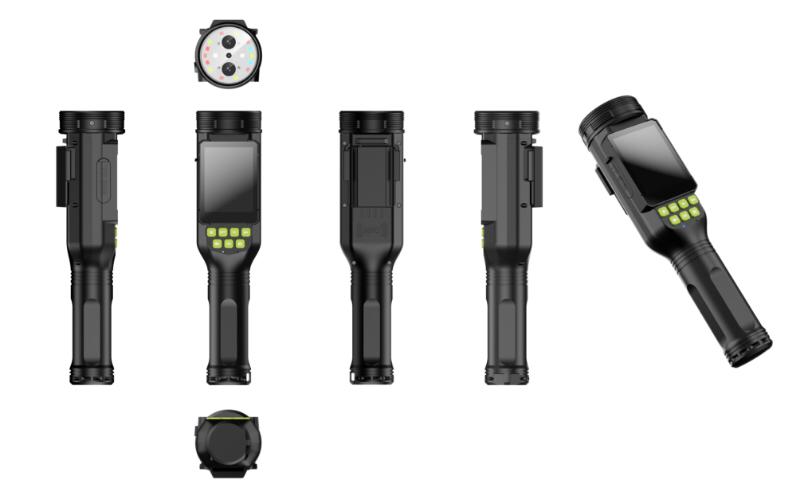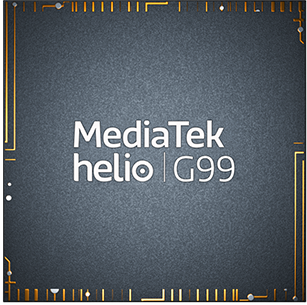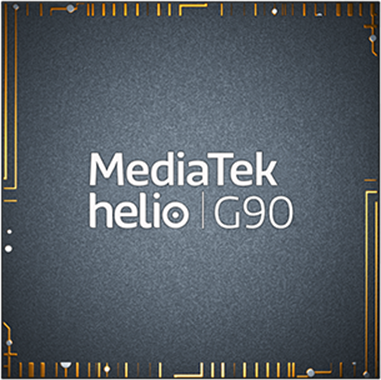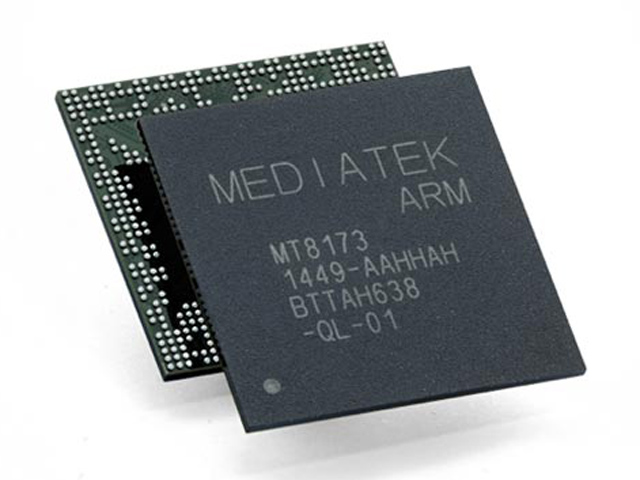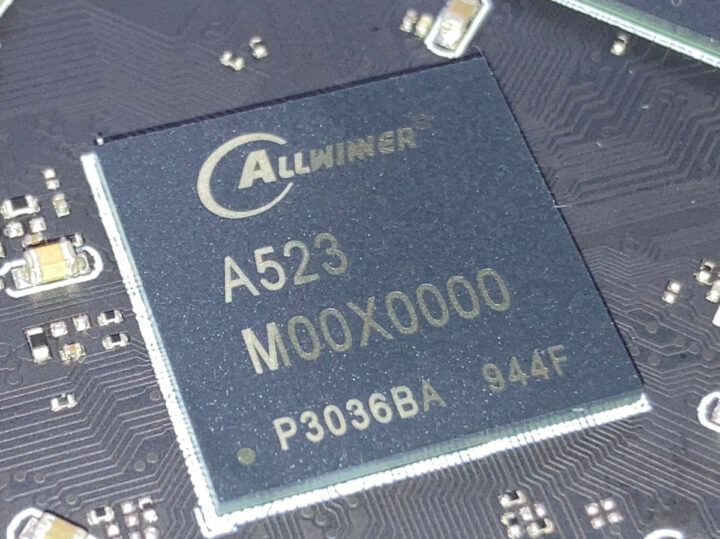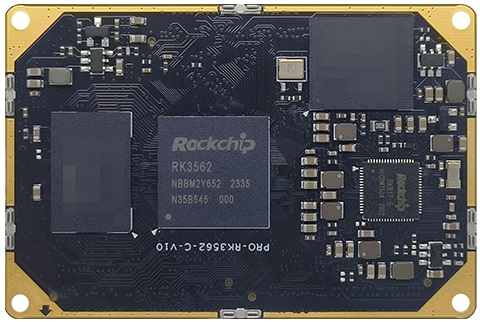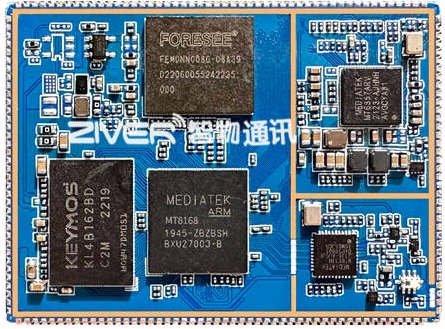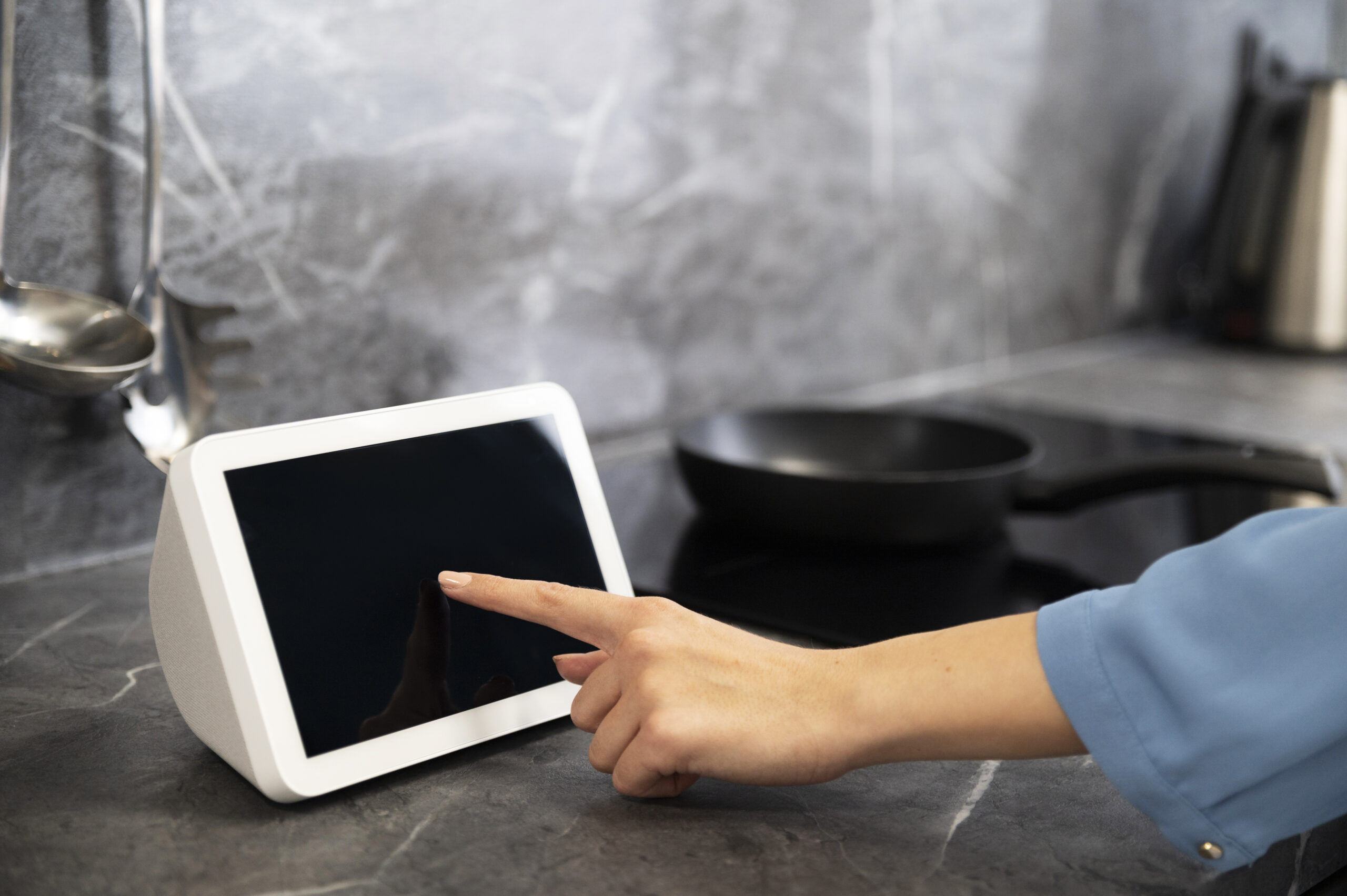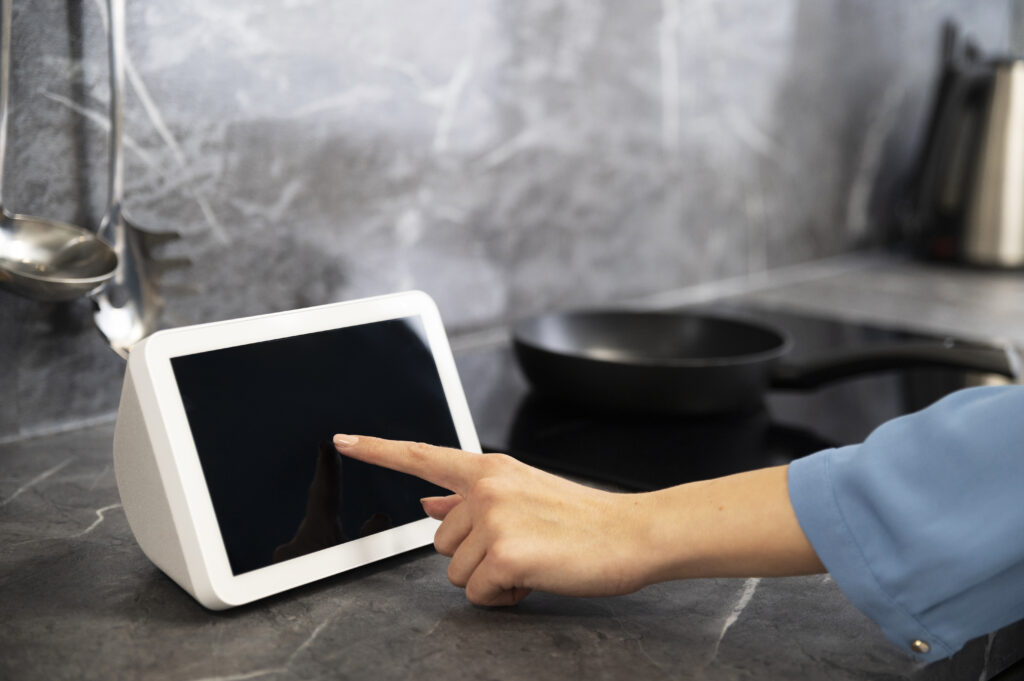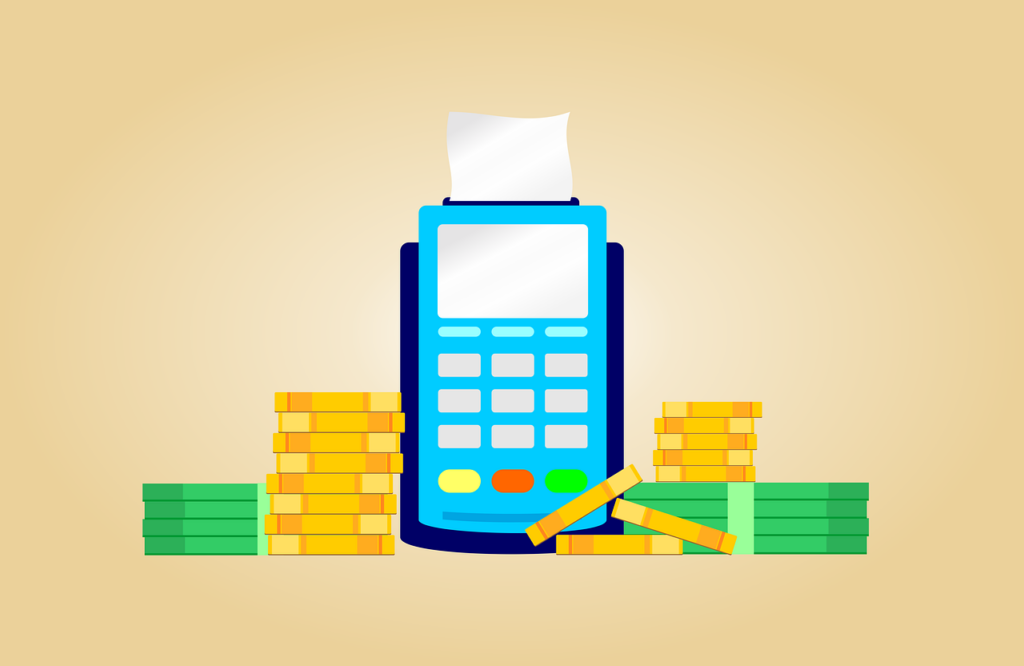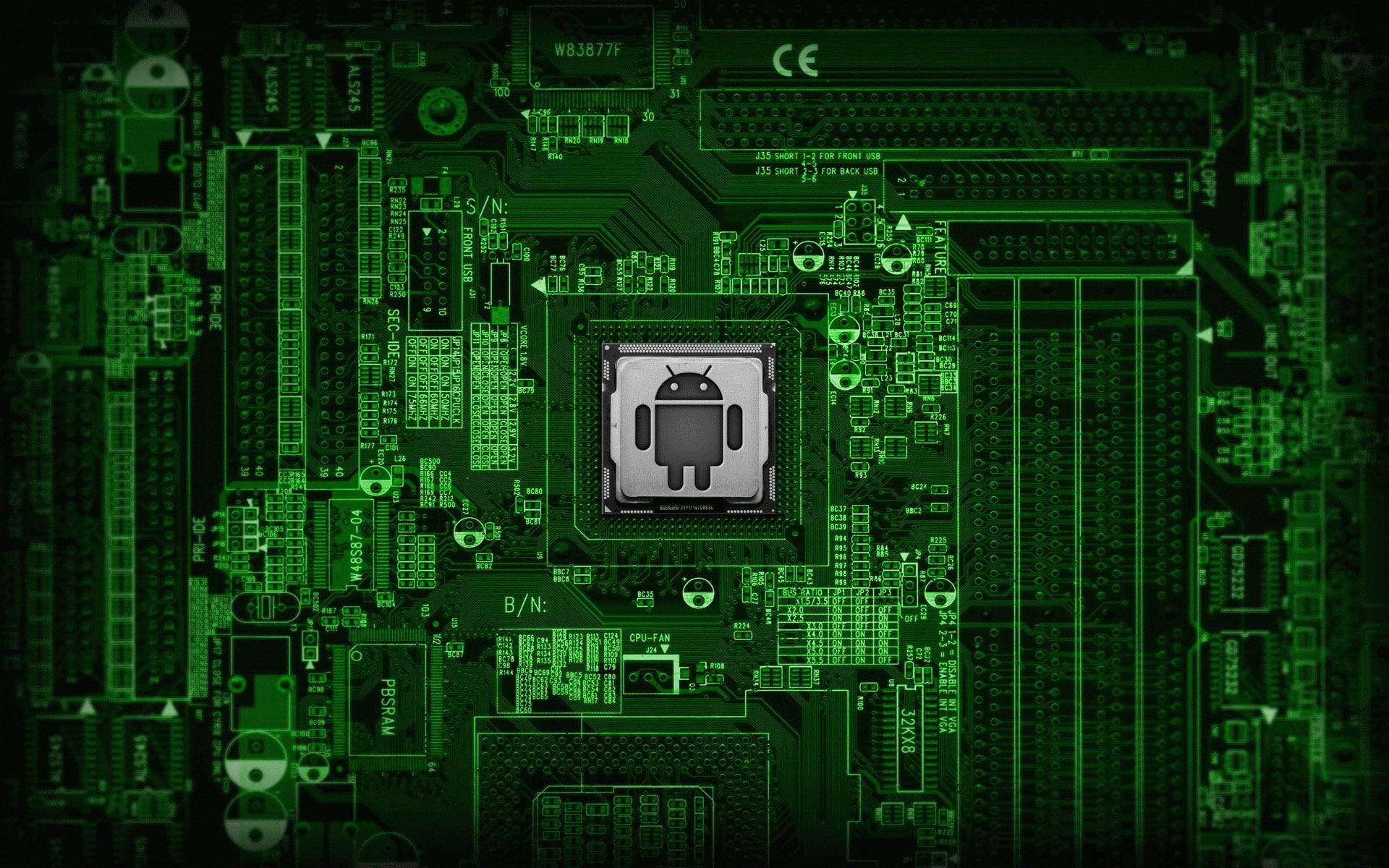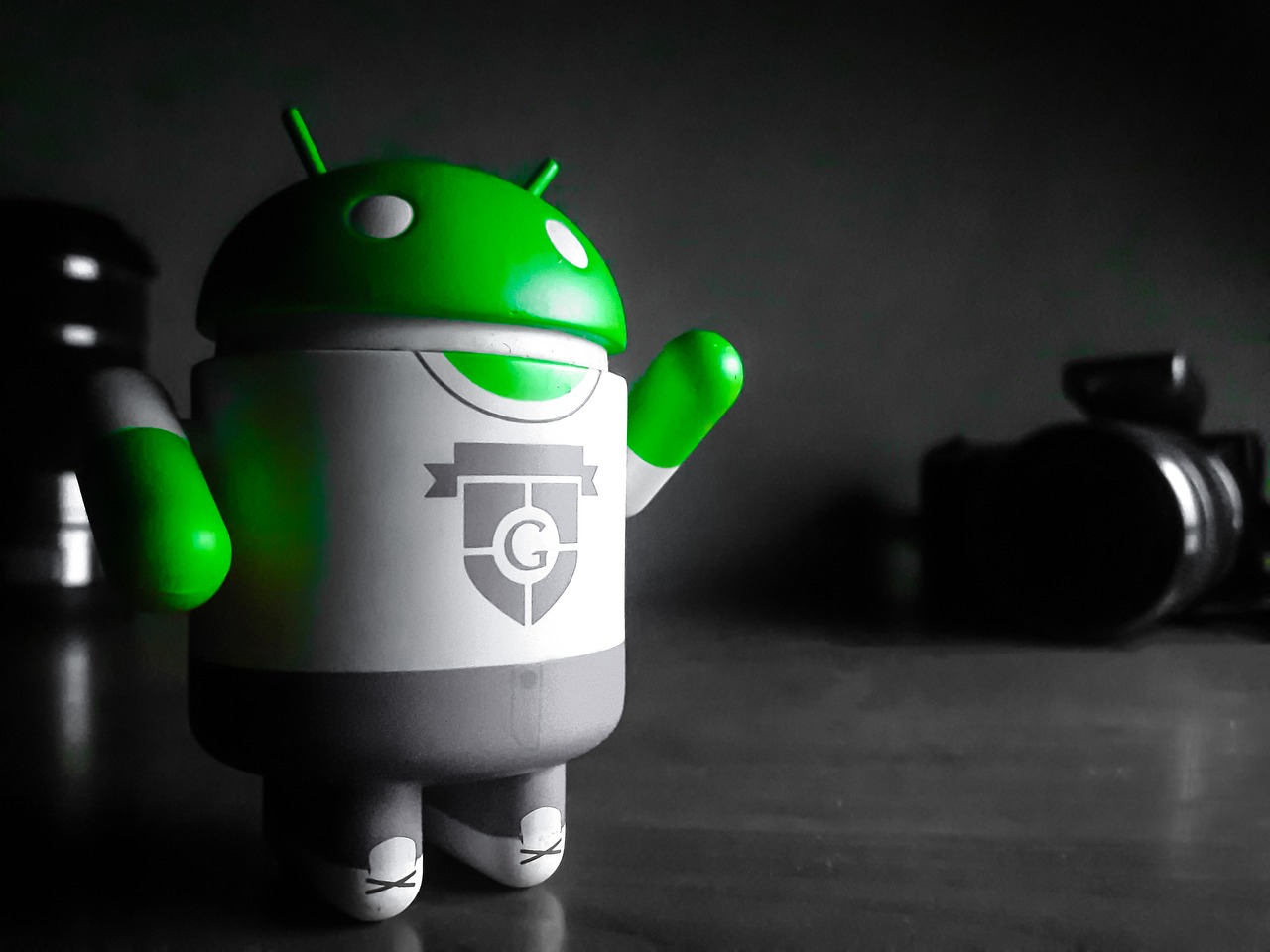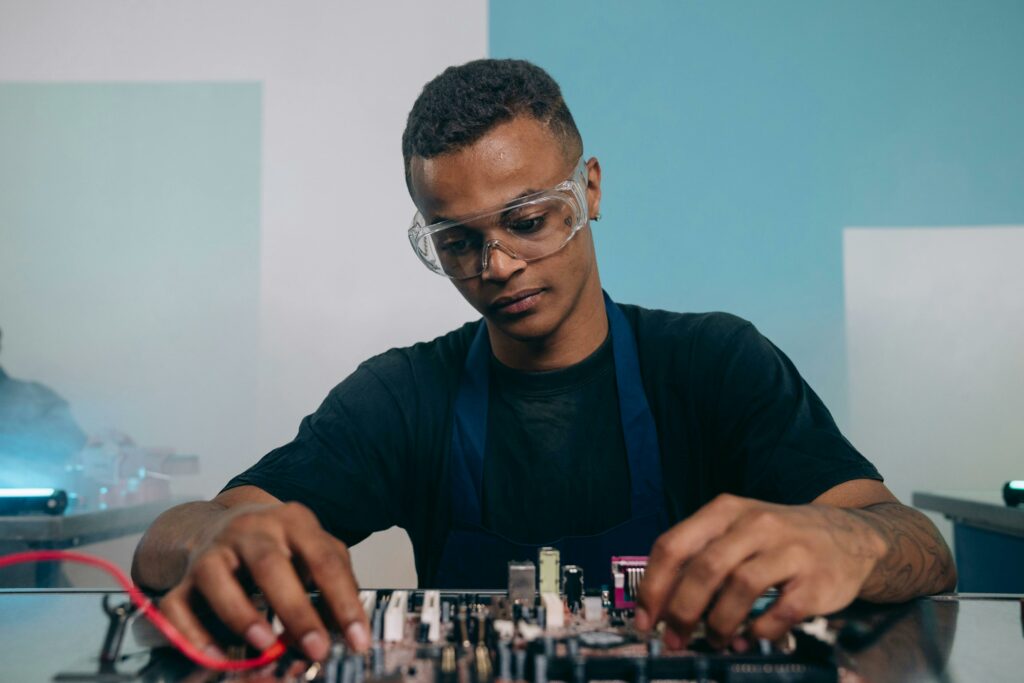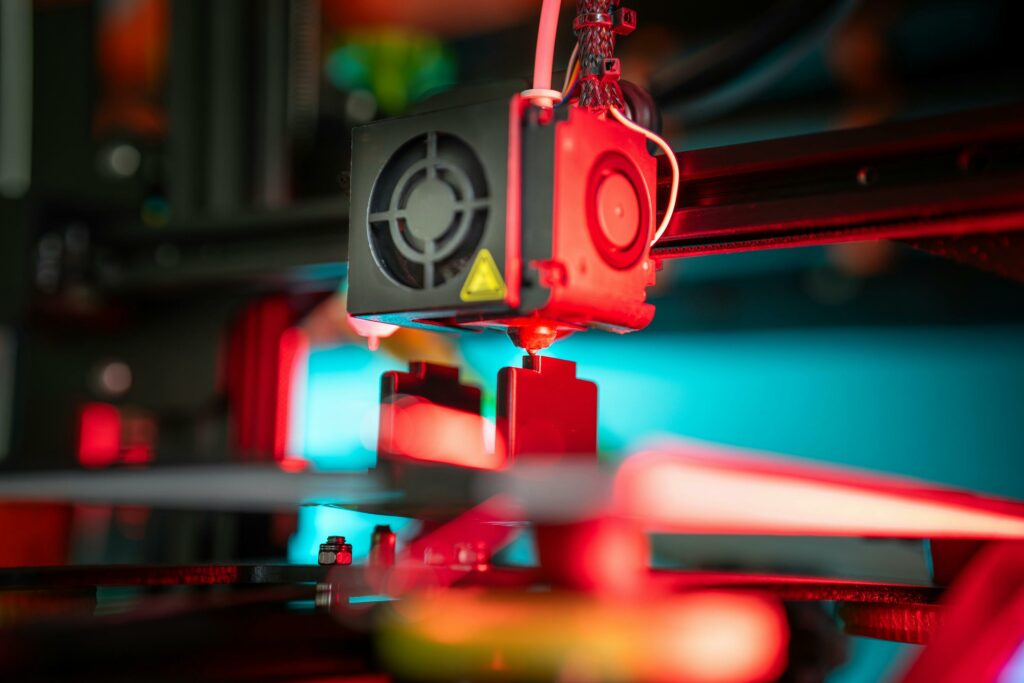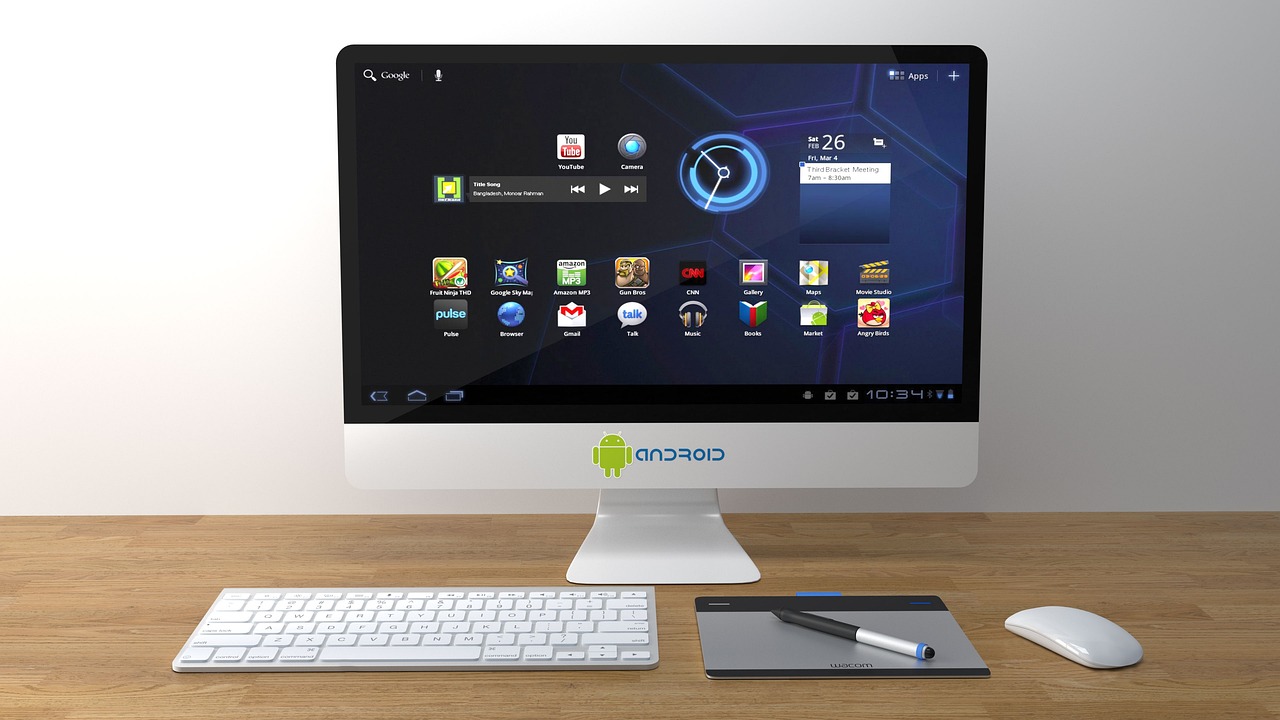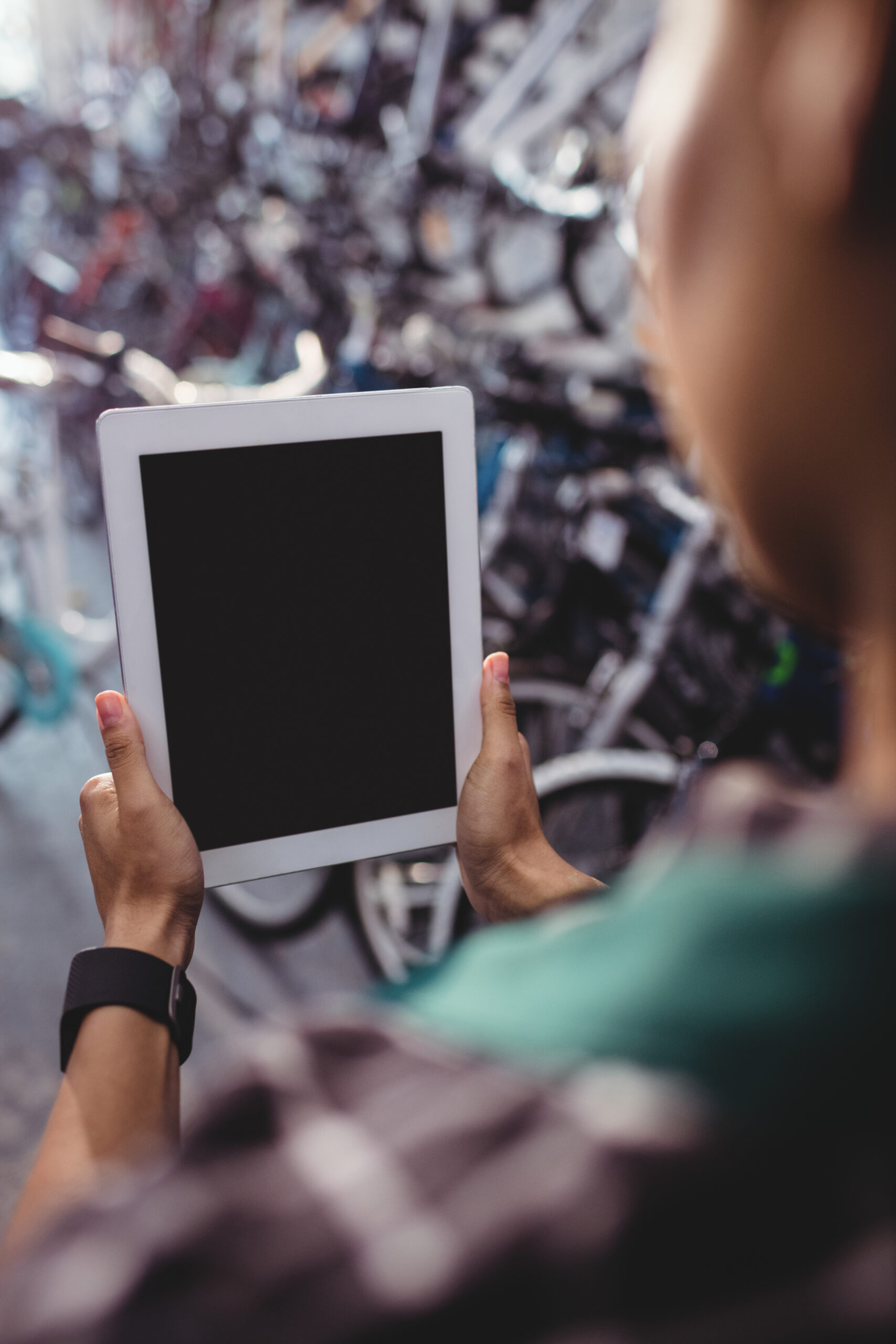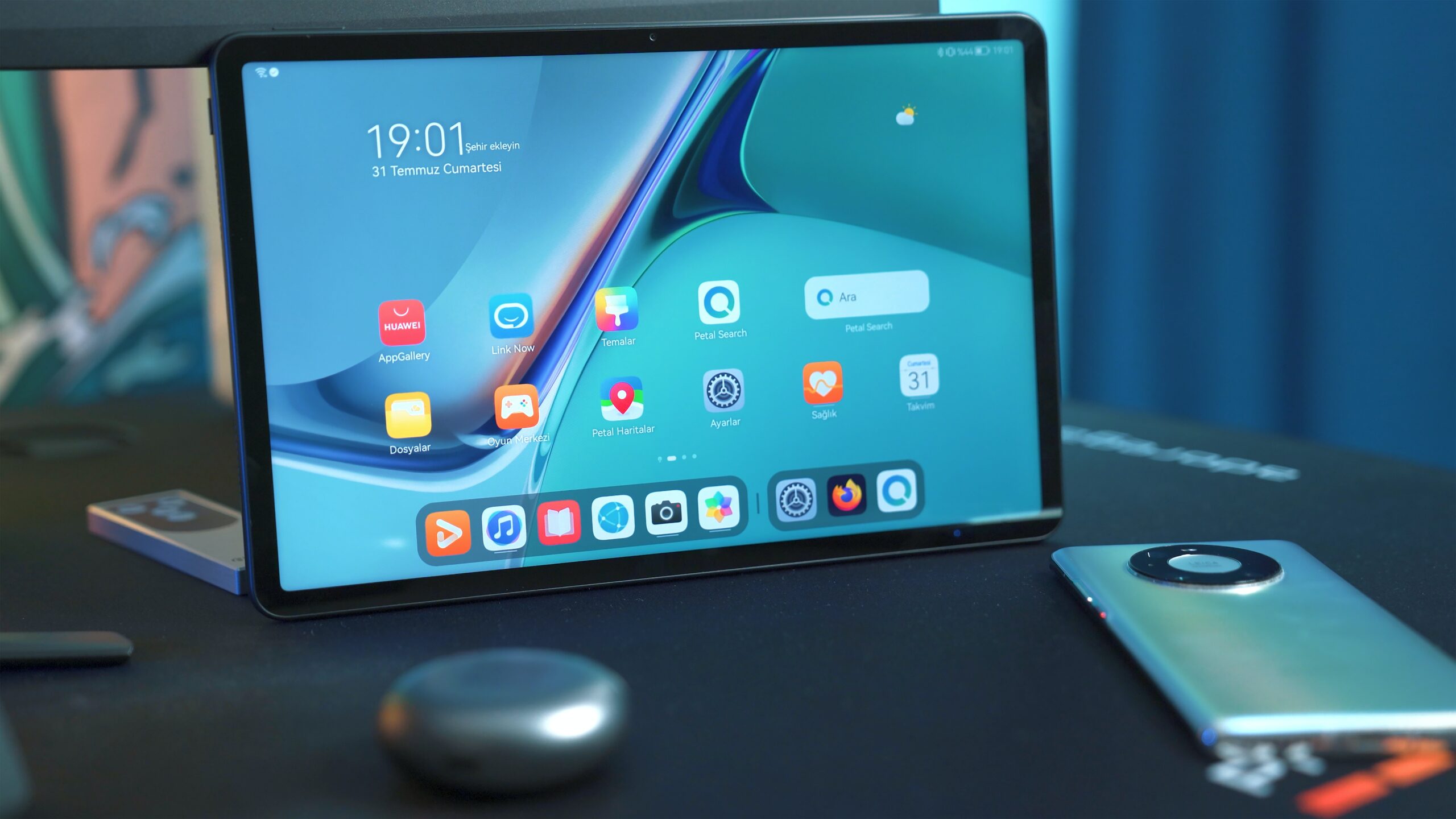As an open source platform, Android is customizable by design. This comes with advantages and disadvantages. The advantage is that custom Android products can be designed with flexibility to support countless applications. The disadvantage is that customization leads to inconsistency in specs and performance. Google manages the tradeoff by providing a readily available testing platform, the Android Compatibility Test Suite (CTS), that serves to ensure the core functionality of Android devices meet a standardized set of operational protocols. This means that whatever a custom Android device is used for, apps will all perform with consistency and as intended.
The CTS is a cornerstone of the Android ecosystem. Passing CTS is a prerequisite of obtaining the Google Mobile Services (GMS) certification, the required certificate for embedding Google’s apps into Android devices, but can also be run on non-GMS devices. Passing CTS is critical for aligning the multitude of developers and manufacturers that build custom Android hardware as it provides a robust framework for validating device quality, stability, and consistency. This article explains what CTS is, how it works, and why it is invaluable for testing custom Android hardware, regardless of whether they eventually get GMS certification or not.
What is Android CTS?
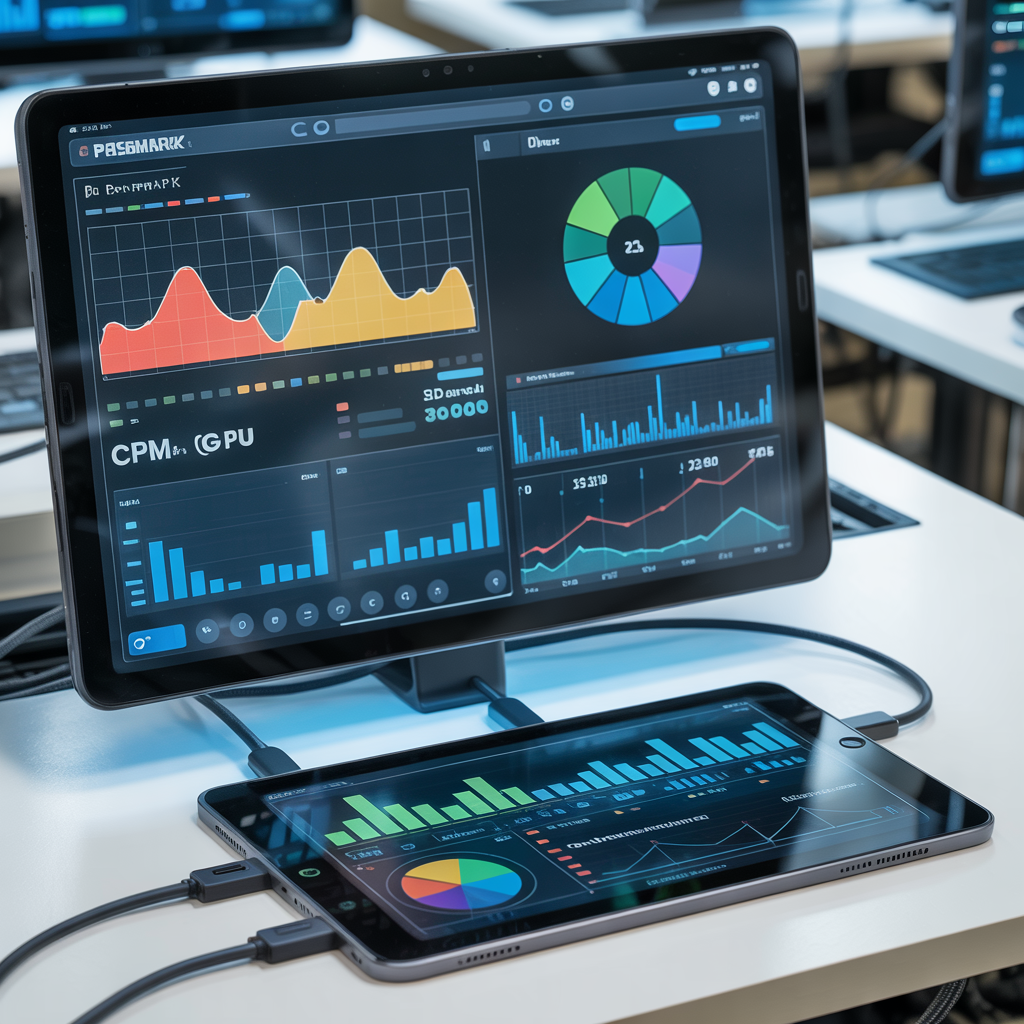
The Android Compatibility Test Suite (CTS) is a free, commercial-grade set of software tools and automated tests used to verify that Android devices meet compatibility standards defined by Google. The suite is intended for integration into the daily workflow of engineers and can be executed on a desktop machine, directing tests to attached devices or emulators. CTS is built to reveal incompatibilities early in the development process, ensuring that Android implementations remain compatible throughout the product lifecycle.
Key Components of CTS
- Trade Federation: A test harness and framework enabling automated execution of tests.
- CTS Automated Tests: Unit and functional tests that run using the Trade Federation framework.
- CTS Verifier (CTS-V): A set of manual tests (and an accompanying app) for features requiring human interaction, such as sensors, audio, and camera functions.
- Test Cases: Individual tests (usually JUnit-based, packaged as APKs) executed on the Device Under Test (DUT).
- Test Plans and Modules: Collections of test cases organized by feature area or specific use cases.
How Does CTS Work?
The workflow for running CTS is straightforward but rigorous:
- Download and Install CTS: The test environment is set up on a workstation, and the device to be tested is connected.
- Run Automated Tests: The CTS harness pushes test APKs to the device, executes them, and collects results.
- Review and Troubleshoot: Results are stored, reviewed, and analyzed. Failed tests may be rerun or debugged as needed.
- Iterate: The process is repeated throughout development to maintain compatibility and quality.
CTS automated tests cover a wide range of Android APIs and core platform features. They include unit tests (testing atomic code units), functional tests (combining APIs for real-world scenarios), robustness tests (system stress), and performance tests (benchmarking). The CTS Verifier app handles manual tests for features that cannot be automated, such as accelerometer or audio quality checks.
Why CTS is Essential for Custom Android Hardware Ensuring Platform Compatibility
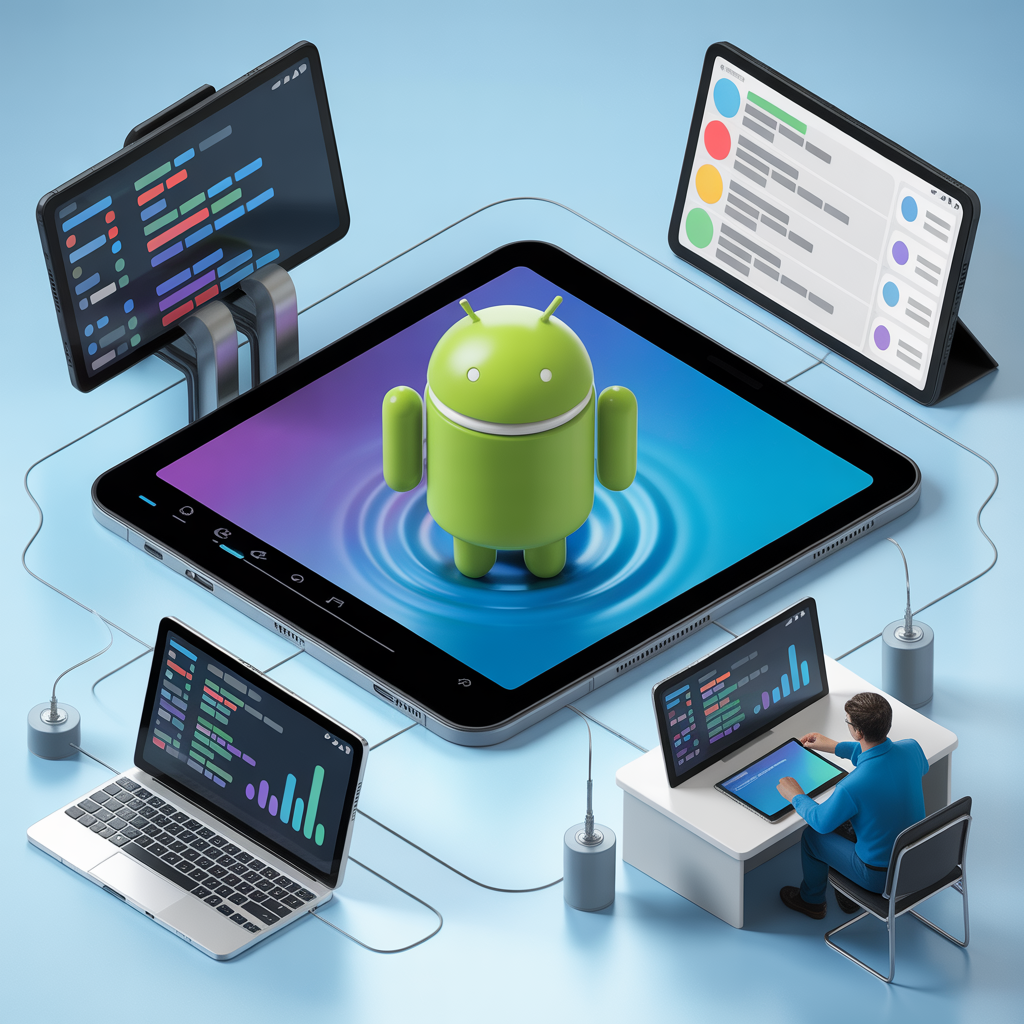
Custom Android hardware—whether built for enterprise, industrial, or specialized consumer use—must still adhere to Android’s core standards to ensure reliable operation and compatibility with third-party applications. CTS provides a standardized benchmark for this compatibility, regardless of whether the device ships with GMS. By running CTS, manufacturers can identify and resolve issues early, reducing the risk of software bugs and incompatibilities that could undermine device performance or user experience.
Benefits for Non-GMS Android Hardware
Non-GMS Android hardware refers to devices that do not include Google Mobile Services—meaning they lack access to Google Play, Gmail, Maps, and other proprietary Google apps and Google’s APIs. Such devices are often deployed in closed environments, for specialized use cases (e.g., kiosks, digital signage, industrial controllers), or in regions where Google services are restricted.
Even without GMS, these devices must still run Android applications reliably, and CTS is the best tool to ensure this. Here’s why:
- API Consistency: CTS verifies that the device’s implementation of Android APIs matches the standard, so third-party apps (including those not reliant on GMS) will function as expected.
- Quality Assurance: CTS includes robustness and performance tests, helping to ensure that custom hardware is stable and efficient under various conditions.
- Future-Proofing: As Android evolves, CTS tests are updated to reflect new API requirements and best practices. Running CTS helps ensure that custom hardware remains compatible with future Android releases.
Flexibility and Control
For non-GMS and custom Android hardware, manufacturers have greater flexibility in provisioning, deploying, and updating devices. However, this flexibility also means taking on more responsibility for quality assurance. CTS provides a standardized, repeatable process for validating device software, reducing the risk of fragmentation and incompatibility that can plague custom Android implementations.
Integration with Development Workflows
CTS is designed to be integrated into continuous integration (CI) systems, allowing for automated, ongoing testing throughout the development lifecycle. This integration is especially valuable for custom hardware projects, where rapid iteration and validation are critical to meeting project timelines and quality goals.
CTS in Practice: Testing Non-GMS and Custom Hardware Setting Up and Running CTS
To run CTS on custom Android hardware (with or without GMS), follow these general steps:
- Prepare the Environment: Install the required dependencies (Java, Python, ADB, AAPT) and download the appropriate CTS package for your Android version.
- Connect the Device: Enable USB debugging and developer mode on the device.
- Run CTS: Launch the CTS console and execute the desired test plan. For large test suites, consider using test sharding to distribute tests across multiple devices and reduce execution time.
- Review Results: Analyze test results, rerun failed tests, and debug issues as needed.
Addressing Non-GMS Specifics
Since non-GMS devices do not include Google’s proprietary apps and services, some CTS tests that rely on GMS may fail or be irrelevant. However, the vast majority of CTS tests focus on core Android APIs and platform features, which are still critical for any custom hardware. Manufacturers can exclude GMS-specific tests or focus on the modules most relevant to their device’s use case.
Custom Test Plans
CTS allows for the creation of custom test plans, enabling manufacturers to focus on the specific features and APIs relevant to their hardware. This targeted approach saves time and ensures that testing resources are allocated efficiently.
The Broader Impact of CTS on the Android Ecosystem
CTS is more than just a tool for individual manufacturers. It is a key mechanism for maintaining consistency and quality across the diverse Android ecosystem. By requiring devices to pass CTS (and related suites like VTS for hardware abstraction and GTS for GMS compatibility), Google ensures that users and developers can rely on a consistent experience, regardless of the hardware or software customization.
For non-GMS and custom Android hardware, passing CTS is not a strict requirement (since GMS certification is not needed), but it remains the best practice for ensuring device quality and compatibility. Manufacturers who invest in CTS testing demonstrate a commitment to quality and are better positioned to succeed in competitive markets.
Conclusion
The Android Compatibility Test Suite (CTS) is an indispensable tool for anyone developing custom Android hardware—including non-GMS devices. By providing a comprehensive, standardized framework for testing Android compatibility, CTS helps manufacturers ensure that their products are stable, reliable, and compatible with the broader Android ecosystem. Even without Google Mobile Services, CTS remains the gold standard for quality assurance in custom Android hardware, enabling manufacturers to deliver high-quality products that meet both user expectations and industry standards.
Key Takeaways
- CTS is a free, commercial-grade test suite for verifying Android compatibility.
- It is essential for custom Android hardware, including non-GMS devices.
- CTS ensures API consistency, quality, and future-proofing for custom hardware.
- The suite is flexible, allowing for targeted testing and integration into development workflows.
- Even without GMS, CTS is the best tool for validating the quality and compatibility of custom Android hardware.
For manufacturers of non-GMS Android hardware and custom Android solutions, investing in CTS testing is a strategic decision that pays dividends in product quality, user satisfaction, and market success.
